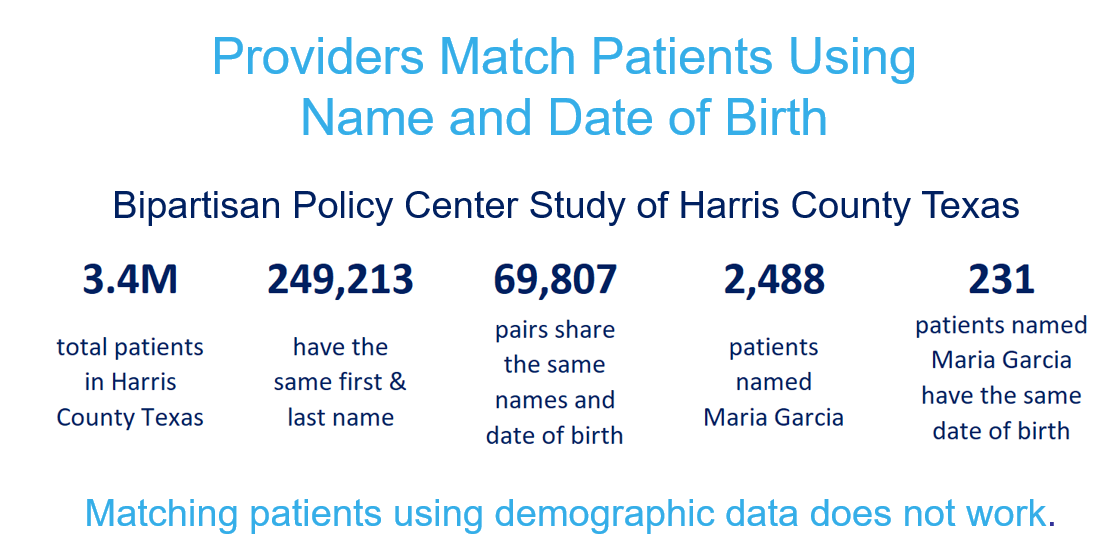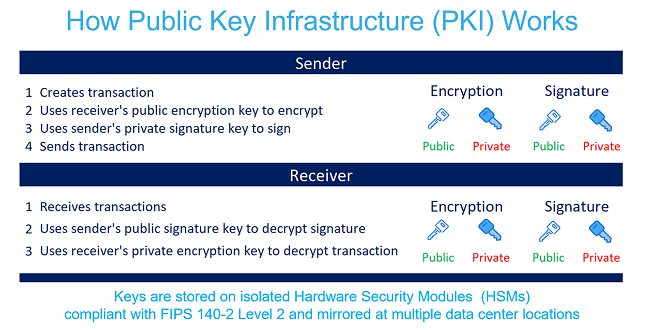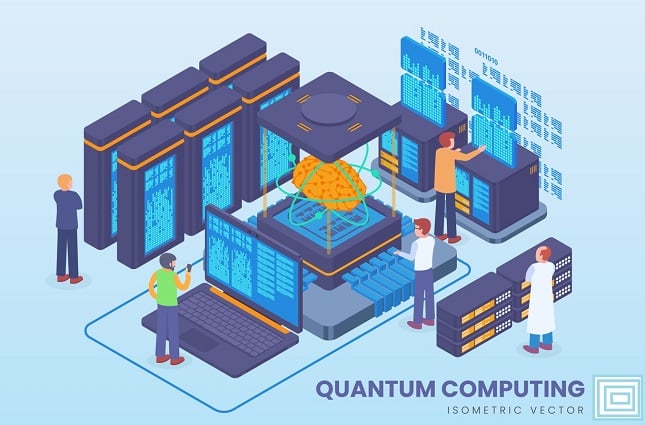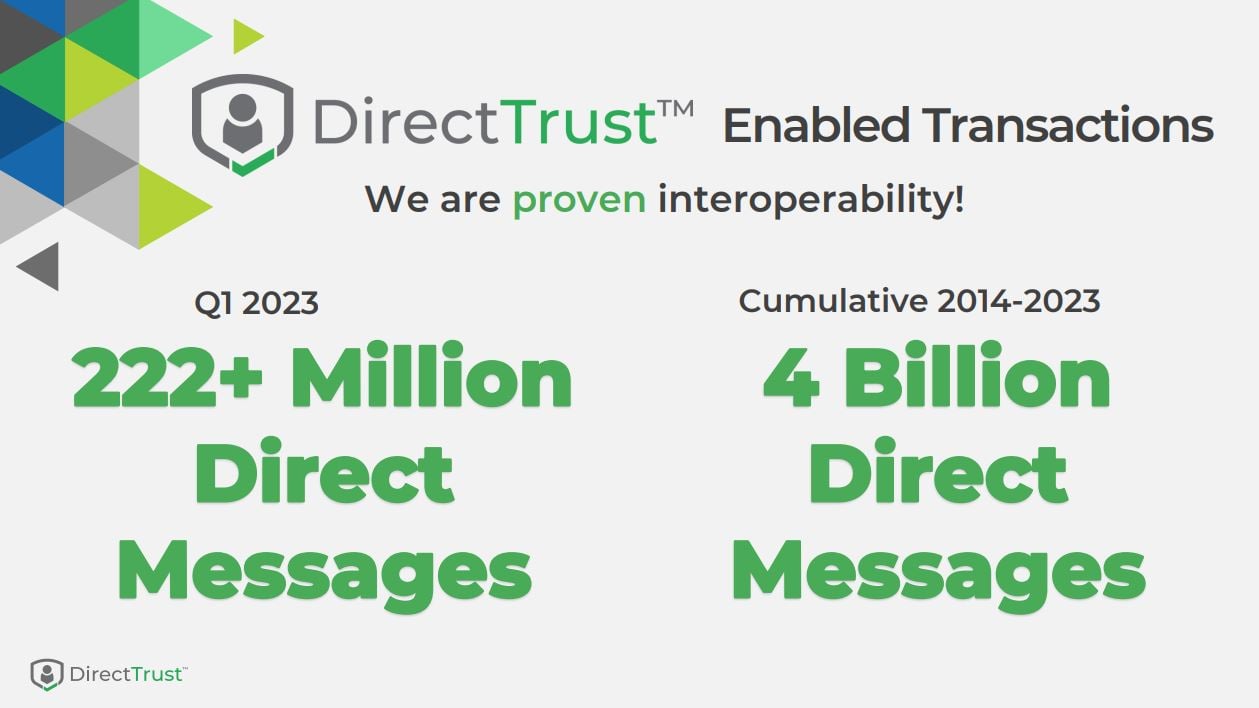Seeing Double or more? The Truth About Patient Identity and Matching
Walk into any doctor’s office, hospital, or pharmacy and the first question you are most likely asked is some version of, “What is your name and date of birth?”
This is because patient matching in the U.S. healthcare system is done based on the patient’s name and date of birth. The problem is that there are many people who have the same name and date of birth. The larger the geographical area, the more common the name, the more likely that there will be two or more matches on the same name and date of birth.
Read More![iShareLogo-CircR-NoBG-150px[1] iShareLogo-CircR-NoBG-150px[1]](https://blog.isharemedical.com/hs-fs/hubfs/iShareLogo-CircR-NoBG-150px%5B1%5D.png?width=331&height=150&name=iShareLogo-CircR-NoBG-150px%5B1%5D.png)








